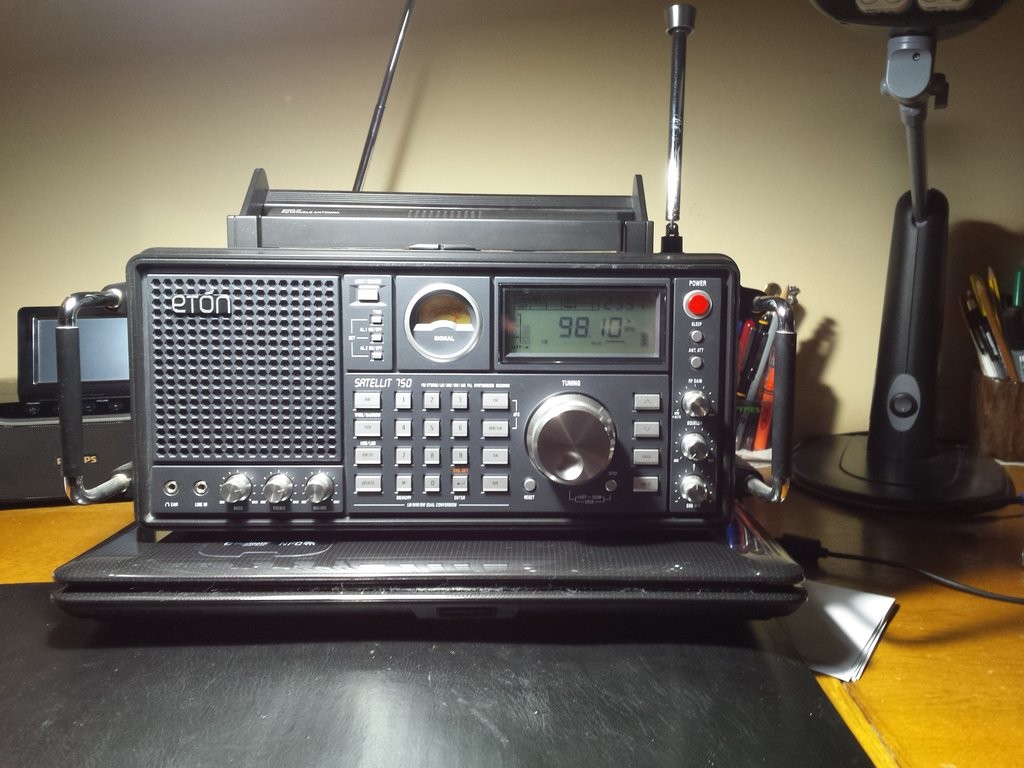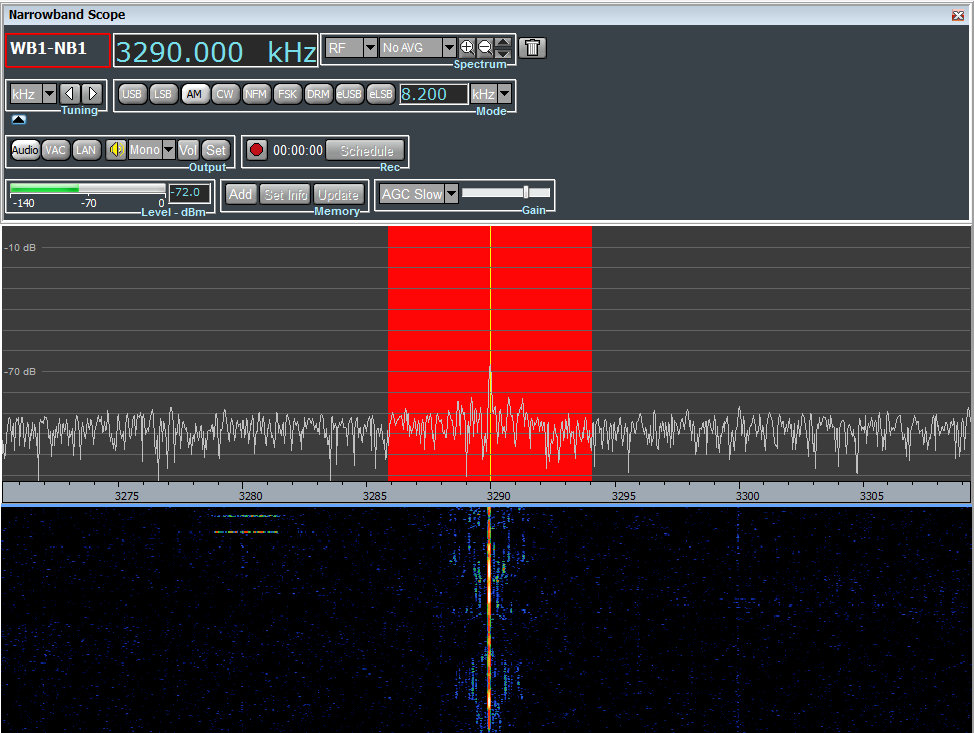After posting Landon Reynold’s excellent listener post a few days ago, Landon added details about his Realistic DX-160. Landon writes:
Something I didn’t share in my original post, was that this DX-160 is a veteran of Operation Desert Storm!
I retired from the Tennessee Air Guard/USAF in 2004, having served 20 years as an Aeromedical Evacuation Specialist, flying Air Evac missions. In addition to having served in Desert Storm, I also flew air evac missions during Operation Enduring Freedom and Operation Iraqi Freedom.
But … back in 1990-1991 when I deployed to Operation Desert Shield/Desert Storm, I took the DX-160 along with me. For an antenna, I used the pictured military surplus antenna, which I would string along our tent, or any other attachment I could find a place to attach it. The antenna was one I had purchased years before, and had used with the AN/GRR-5.
When we were not flying missions, or filling sandbags, we’d often sit around the tent, tuning in shortwave stations, or listening aircraft such as the A-10s calling in their strike reports. They actually used HF radio and sent their reports in the clear on sideband.
I also realized after I had re-read my original post, that I may have led the impression that I purchased this particular DX-160 on eBay. In fact, I purchased it in a thrift shop in Erin, Tennessee back in 1989, before I went off to Desert Storm. I’ve purchased several other radios, such as Realistic Patrolman Scanners, Bearcat Scanners, etc. on eBay for my collection.
Another scan I thought you might be interested in, is the latter, which was from CRB Research Books, owned by the late Tom Kneitel, K2AES. Many DXers who have been around for awhile are most likely familiar with the works of Tom Kneitel, as he wrote many books on the hobby, especially those about monitoring the military and utilities. I have several of his books in my library.
Landon, many thanks for sharing this history and photos of your DX-160 throughout the years! It must give you great pride to see your son, Seth, taking an interest in the hobby with the DX-160.
Any other readers have a Monitoring Station Registry certificate from CRB Research? Though I knew about the certificates, for some reason I never obtained one back in the day. And Landon thanks for reminding me about Tom Kneitel; he was certainly one of the pillars of our hobby for many, many years.


















